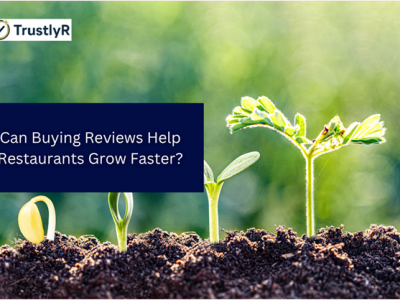Crafting engaging emails, designing attractive layouts, and segmenting your audience are all important tasks when it comes to running successful email campaigns. However, despite your best efforts, your emails may never reach their intended recipients due to various reasons, including getting lost in spam folders or being blocked by email service providers. This can significantly impact your campaign performance, reputation, and revenue.
Also check: Email Validation Tool
Email validation entails confirming the genuineness and ability of an email address to receive messages. Its primary objective is to identify and eliminate invalid, inactive, or potentially harmful email addresses from your contact list, ensuring that only genuine and engaged recipients remain.
This process not only helps in enhancing the effectiveness of your email campaigns but also prevents errors resulting from typos or incorrect data submission, ultimately improving customer satisfaction and campaign outcomes.
Differentiating Email Validation from Email Verification
– Email validation primarily focuses on checking the syntax, format, and structure of an email address to ensure its accuracy and adherence to standard rules. Its aim is to detect and correct common errors such as typos or formatting inconsistencies.
– In contrast, email verification involves a more comprehensive assessment of an email address’s deliverability and existence. This entails conducting DNS checks, SMTP handshakes, and simulated email sending to validate the address beyond its format, thereby confirming its ability to receive messages.
Both processes are essential for maintaining data quality and campaign performance, albeit with different levels of depth and scrutiny.
Benefits of Email Validation and Verification
– Elimination of invalid addresses: Ensures the cleanliness and accuracy of your contact list.
– Reduction of bounce rates: Minimizes the likelihood of undelivered emails and associated bounce-backs.
– Preservation of sender reputation: Safeguards against spam complaints and maintains a positive reputation with ISPs and ESPs.
– Enhancement of deliverability: Improves the chances of your emails reaching recipients’ inboxes rather than being filtered as spam.
– Prevention of blacklisting: Mitigates the risk of being blacklisted due to high bounce rates or spam reports.
– Optimization of resources: Saves time and resources by focusing efforts on genuine leads and engaged recipients.
– Maximization of ROI: Enhances campaign efficiency and effectiveness, resulting in improved returns on investment.
Methods of Email Address Validation
– Regular Expression (Regex): Utilizes predefined patterns to verify email format and syntax, although it may lack comprehensive validation capabilities.
– Real-time validation: Conducts instant checks during data entry to ensure immediate validation and accuracy.
– Post-validation (double opt-in): Sends confirmation emails to verify email addresses after initial submission, enhancing accuracy and engagement.
– Bulk validation: Processes large volumes of email data to identify and remove invalid or outdated addresses from existing lists.
Choosing an Email Validation Tool
When selecting an email validation tool, consider the following key features:
– Accuracy and speed of validation
– Real-time validation capabilities
– Comprehensive syntax and domain checks
– Blacklist and catch-all verification
– Integration with existing platforms and systems.







Comments